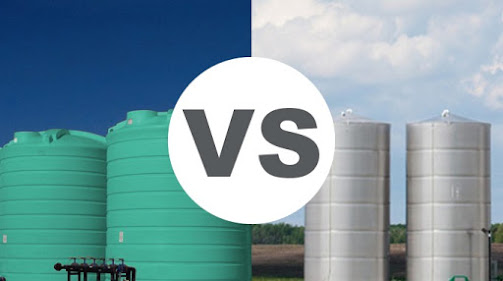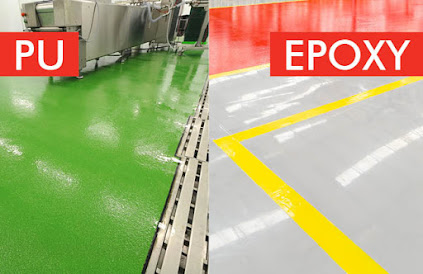Why you Should Choose a Steel Water Storage Tanks
Are you looking to purchase a rainwater tank for your home and need to decide what type of tank to buy? This question has a complicated answer because there are a variety of different rainwater tank options available. Hopefully, this article can help you make the right choice of water tank for your needs.
Plastic Tanks
Plastic or poly water tanks are typically made with a rotational molding process, which means that the tanks' size is limited to the maximum size of the mould. Typically, they are seen in domestic or rural settings and are limited to less than 50,000l. This can be a real disadvantage when the average household uses 277,000l per year on average. This means that you may need to install at least two tanks rather than one steel tank. Having additional tanks May also result in having a more complex plumbing arrangement for tank outlets and more fittings to maintain.
With Poly tanks in sizes up to 24000 litres, the price per litre decreases as the tank's size increases. However, the price per litre for these tanks does an about-turn and rather than continuing downwards as might be expected; costs rise as the tanks increase in size. Around 60% of Poly tank production is between 22,500 to 24,500l, with demand above this size predominately turning to steel-lined tanks.
Stainless Steel Tanks
Sometimes seen in industries such as dairy or food processing, Stainless Steel Tanks in Jaipur can manufacture water tanks as it does not suffer from rust or corrosion. However, the cost of stainless steel is significantly higher than standard steel tanks. Stainless steel tanks vary in quality and require a seam where the sheets are joined.
While stainless steel water tank for home are largely corrosion-resistant, corrosion can occur in the solder at the joints or in rivets and screws. External factors like iron deposits or metals vulnerable to rust can cause pitting corrosion when in contact with stainless steel.
Galvanised Steel Water Tanks
The typical Aussie water tanks that we all remember were galvanized steel water tanks. The older galvanised tanks didn’t use a tank liner, which affected the water's taste due to zinc concentrations.
Galvanising is applying metal to metal, and the “galvanised tank” is made from zinc galvanised to steel. Galvanised steel is not inherently resistant to corrosion and must have rust-resistant coatings applied. Initial corrosion of galvanised steel normally leads to the production of a thin film that coats the tank's surface and provides protection against further corrosion. It is important when cleaning such tanks not to disturb this film.
No tanks are completely fireproof; however, concrete and steel tanks offer better fire resistance than other products.
Bush-fire exposure makes stainless steel water tank supplier turn black, but prolonged exposure to extreme temperatures will eventually destroy the welded joins, depending on how much water is in the tank and the fire's intensity.
Plastic tanks can ignite a sustained ignition source, such as a high-intensity bush fire. Plastic coated SS insulated water tank, contrary to what some tank manufacturer’s state, are sensitive to temperature. In an intense fire, the plastic coating inside the tank will separate and render the tank useless.




Comments
Post a Comment